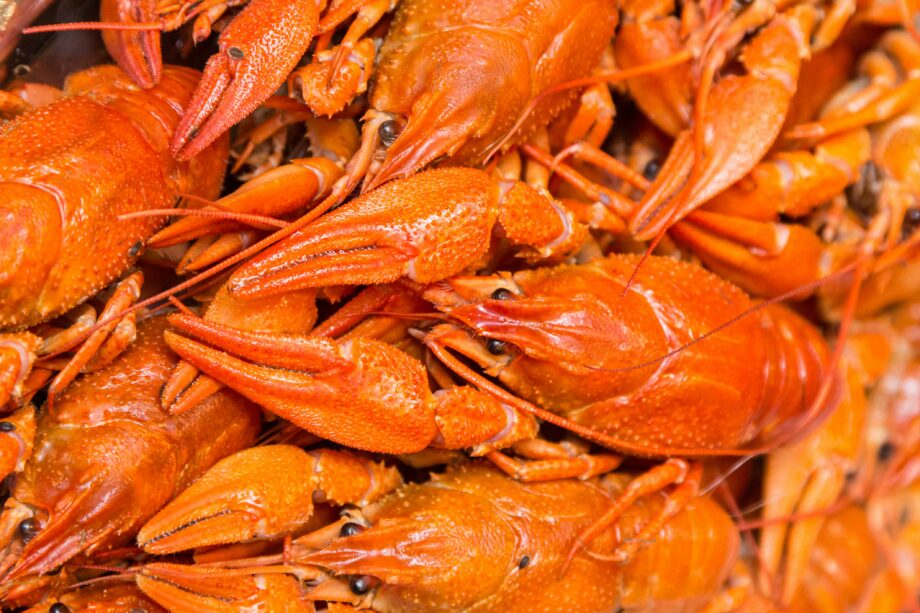January 27, 2022 — Lobster claws and insect exoskeletons may seem like unlikely candidates for sustainable packaging feedstock. But researchers are hot on the trail of turning a molecule these structures contain into the basis of packaging for food and other products that’s not only made from a resource that can be renewable if sourced in a sustainable way, but also has a spectrum of desirable traits, from extending food shelf life to imparting antioxidant properties.
The compound, chitosan, is readily derived from chitin — one of the most abundant biological polymers in the world, second only to cellulose and found in fungi as well as insects and crustaceans. Chitosan offers plenty of potential benefits to the packaging industry in addition to being made from a compound that’s available pretty much everywhere. It’s biodegradable and naturally impedes the growth of bacteria and fungi. It could substitute for fossil-fuel-based feedstocks for plastics, reducing the demand for materials that contribute to climate change. Because it’s nontoxic, it has potential to be used for edible protective coatings for foods such as fruits, vegetables, eggs and coffee beans. But it also poses some challenges: Films made from chitosan tend to brittle and permeable to water.
Assessing strategies for capitalizing on the benefits and reducing the downsides of chitosan-based packaging is the focus for a team of researchers from Malaysia, Iran, Sri Lanka, Saudi Arabia and Australia writing in the February 2022 issue of Carbohydrate Polymers. With an eye to moving the functionality forward, the researchers reviewed the state of knowledge regarding various ways to modify chitosan and combine it with other substances to enhance its potential for packaging.
They found numerous research efforts that shine light on potential strategies for moving the substance toward commercial use. Modifications shown to improved characteristics useful for packaging materials include:
- Cuttlefish skin gelatin increased tensile strength of packaging film.
- Zinc oxide nanoparticles and nettle leaf extract boosted antibacterial properties.
- Aloe vera, oregano, thyme, anise or cinnamon helped reduce fungal growth.
- Kombucha tea improved water vapor permeability and antioxidant properties.
“Although the research on practical applications of chitosan packaging films is at its infancy,” the researchers concluded, “we believe that with the recent emergence of nanomaterials and/or bioactive ingredients, the face of chitosan-based packaging will drastically evolve and open several interesting new window of opportunities for the design of scalable and low-cost hybrid materials over the next few years.”
Related Posts
Ensia shares solutions-focused stories free of charge through our online magazine and partner media. That means audiences around the world have ready access to stories that can — and do — help them shape a better future. If you value our work, please show your support today.
Yes, I'll support Ensia!



